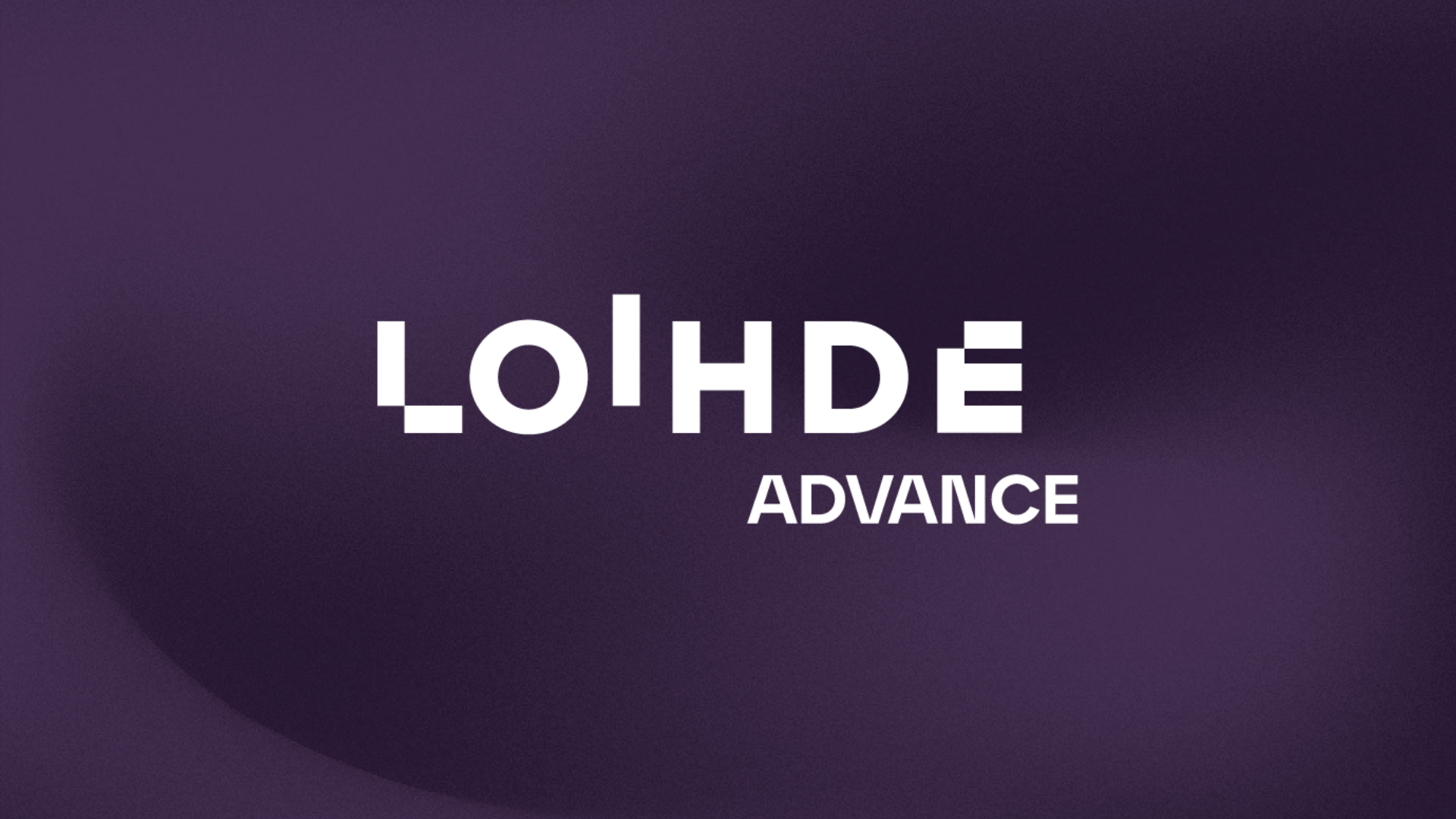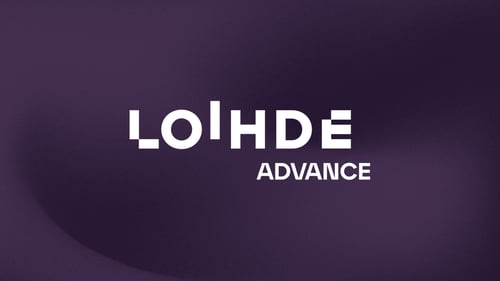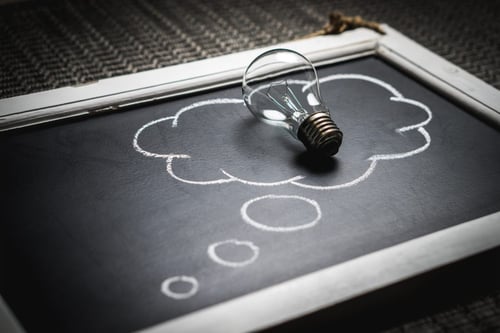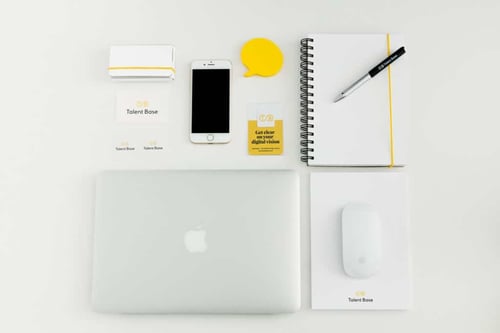Increase average order value - Be strategic with cross- and upsell - Part 1

Developing and managing an online store is hard work. Getting consumers to your online store requires money and effort, and when they get there, you need another bunch of euros to convert them into paying customers. Read how to increase average order value by taking strategic approach to cross- and upsell.
Read also:
Part 2: How to apply impulse purchase insight to online.
Part 1 - The four types of impulse purchase
User experience designers do a great job by ensuring that “customer first” thinking is driving the design, and by relentlessly optimising e.g. the checkout flow. But to maximise business value of the the visitor, you will need to increase average order value. And for this, you will need in-depth understanding of your product offering.
While working with clients, I have noticed a pattern: when an online store is big, people who are developing the digital business are disconnected from the actual business. In other words, designers know digital, but not the products the company they work for, sells.
Sometimes being product focused is seen to be in conflict with being customer focused. In order to do business, you need to be both.
In this blog post I am sharing some ideas on how to combine customer and product insights, and build more strategic approach to your cross- and upsell techniques.
Why online stores settle for basics?
So, where is the problem? It is very easy to design elements showing additional products in product page, or even as part of checkout flow. But populating the element with right kind of products is not.
Why so? First, like mentioned earlier, the online store development is disconnected from the core business. People with product and substance knowledge are not involved. Second, products lack metadata, which is the key enabler even for the simplest product recommendation. Third, the designers are lacking of insight or if they have it available, the designers are not able to apply it in their work.
How to connect consumers and products?
When I was asked to further develop an online store’s homepage design, I started to look for research about impulse purchase. The design had a designated product listing element for “impulse purchase”. I thought it was lacking some substance, so I dove into the world of impulse purchase to get some.
I learned there is a lot of research available, but you’d need to have a very practical approach in order to apply it. Impulse purchase has been the topic of research before the time of Internet.
I realised that insights from brick and mortar are actually very useful and applicable also for optimising the e-commerce.
As I dug deeper, I found out that there are four different types of impulse purchases (this is where you need product knowledge) and two main types of shoppers (this is where you need to be customer focused).
The four types of impulse purchase
1. Pure impulse purchase
In brick and mortar, certain type of products are placed next to the checkout counters; products which trigger an emotional impulse purchase. This type of impulse purchase is also described as an “escape purchase”. These products could have a nice and inviting wrapping, or it could be a magazine with a colourful cover. People act very emotionally and buy the product, even though the purchase would be out of their normal buying behaviour. In other words, classic impulse purchase.
2. Suggestion impulse purchase
Then again, next to the counter, you might also spot some more rational products. Let’s say a protein bar. This type of product is kicking off a different type of impulse purchase process. “I am hungry and soon going to the gym”, the consumer starts to rationalise. “Protein bar is a healthier option than a chocolate bar would be”. So, the customer is still making an impulse purchase, in essence, buying something he does not really need, but the reasoning makes him feel the purchase is based on a reason or a need, not an emotion.
3. Reminder impulse purchase
The third type of impulse purchase is based on reminding. The customer was not planning to buy the product, but the way the products were placed in the store (online or offline), triggered a feeling to stock up.
4. Planned impulse purchase
The fourth type of impulse purchase is so called planned impulse purchase. This type of purchase is often triggered by low price or an offer. And again, the customer ends up buying something he does not need, or buying more than he needs.



